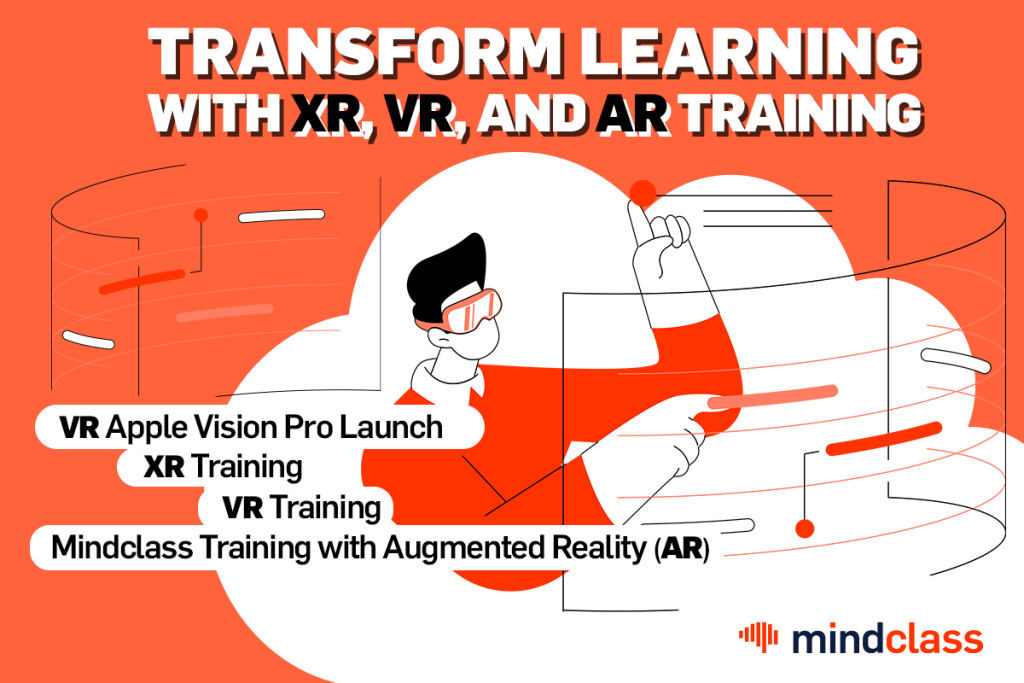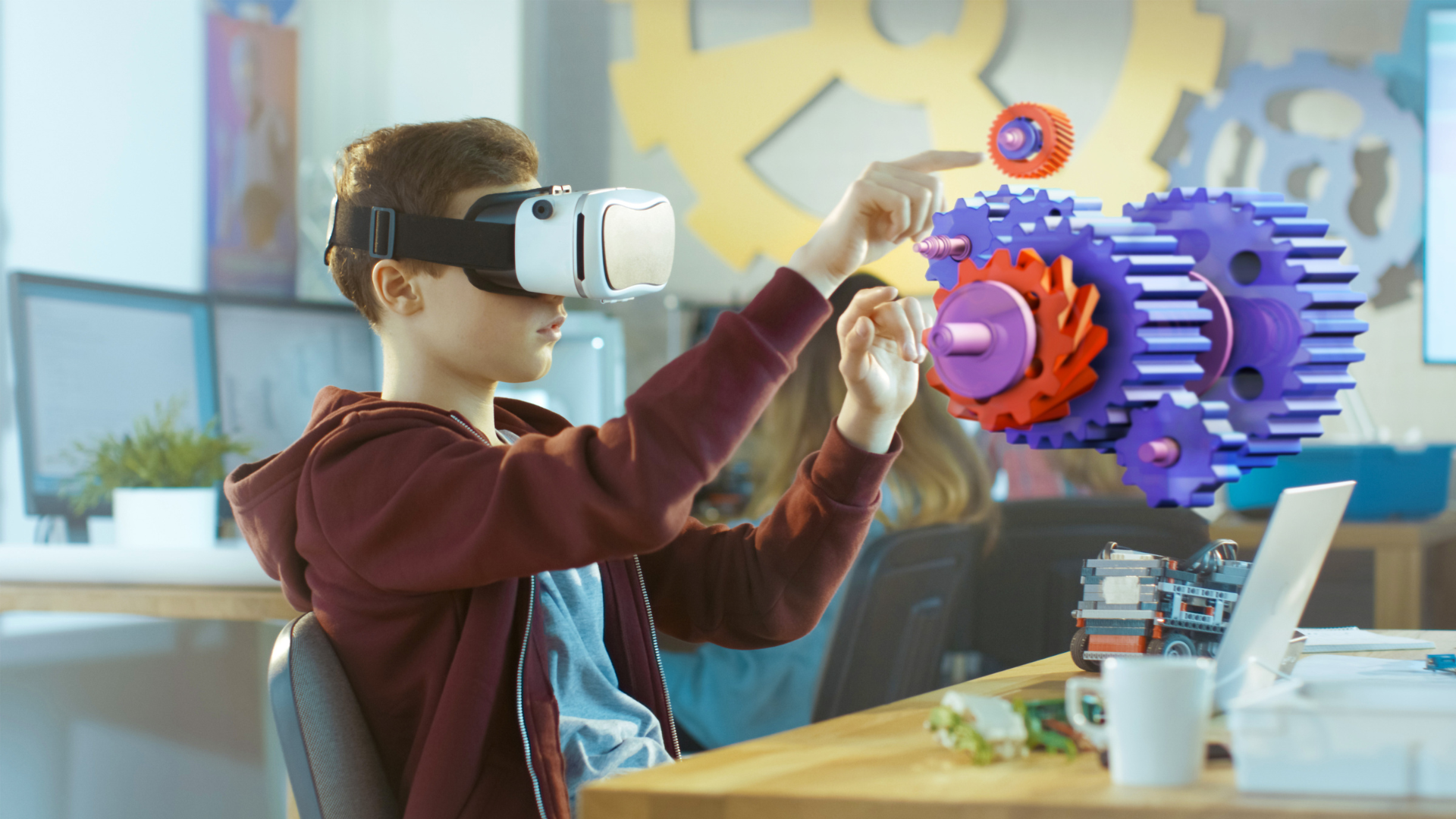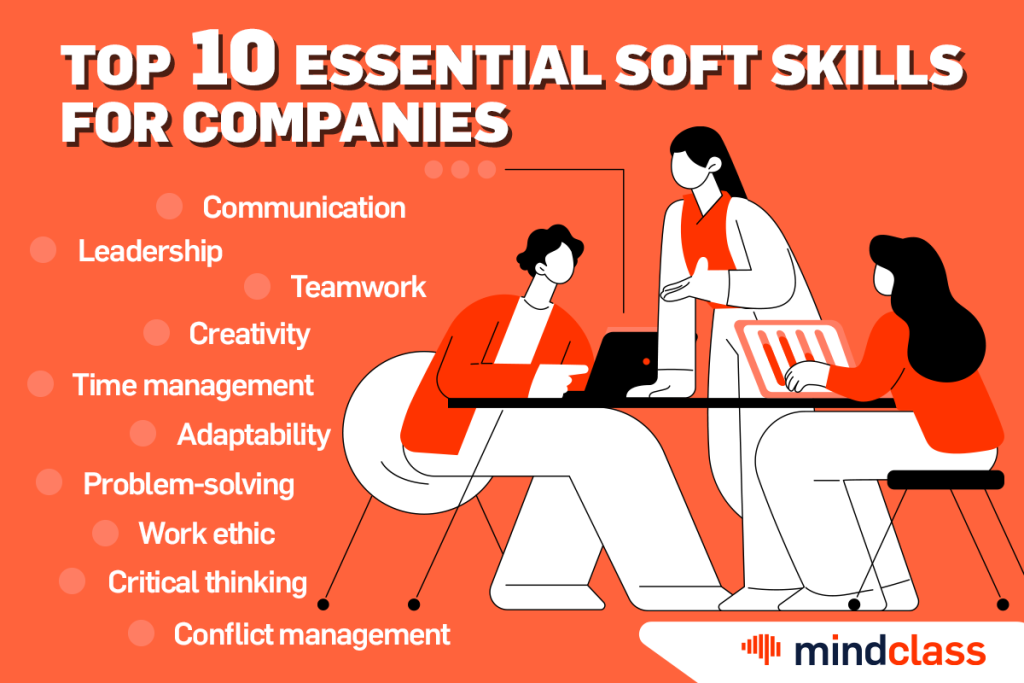In today’s rapidly evolving technological landscape, the realms of XR (extended reality), VR (virtual reality), and AR (augmented reality) are revolutionizing the way we learn and develop. With the recent launch of the groundbreaking Apple Vision Pro, the spotlight is once again on VR technology, igniting discussions on how these innovations are reshaping training methodologies for employees and students alike. In this article, we delve into the transformative potential of XR training, VR training, and AR training, exploring their implications on the future of education and professional growth.
Unveiling the Apple Vision Pro: A Catalyst for Change
Apple’s unveiling of the Vision Pro marks a pivotal moment in the trajectory of XR technologies. This cutting-edge device underscores the rapid progress and increasing accessibility of VR and AR experiences. As Apple embraces these immersive technologies, the potential for enhanced learning experiences becomes increasingly evident. The Vision Pro’s capabilities spotlight the merging of virtual and physical worlds, paving the way for a paradigm shift in training and education.
XR Training: Bridging Realities for Optimal Learning
XR training, an integration of VR and AR, has emerged as a powerful tool for immersive learning. By seamlessly blending the real and virtual worlds, XR training empowers learners to engage with content in unprecedented ways. This dynamic approach transcends traditional learning boundaries, enabling employees and students to acquire knowledge and skills within simulated environments. From medical procedures to complex engineering tasks, XR training empowers learners to gain hands-on experience, accelerating the learning curve and boosting confidence.
Empowering Learning through VR Training
Virtual reality (VR) training has garnered significant attention for its ability to transport learners to diverse and interactive environments. Imagine medical students practicing surgical techniques within a realistic virtual operating room or architecture students designing structures within a virtual blueprint. VR training offers a safe space for trial and error, fostering creativity and problem-solving while minimizing real-world risks. As VR technology becomes more accessible, learners can harness its potential to acquire practical skills that directly translate to their professional pursuits.

Augmented Reality (AR) Training: Enhancing Real-World Context
Augmented reality (AR) training is reshaping the landscape of skill development by seamlessly embedding digital information into the physical world. Whether it’s overlaying step-by-step instructions onto complex machinery or guiding employees through intricate processes, AR training provides real-time guidance and context. Learners can access relevant information precisely when and where they need it, leading to more efficient and effective learning outcomes.
Embracing the Future: The mindclass Advantage
As XR, VR, and AR training continue to redefine learning methodologies, platforms like Mindclass emerge as essential allies on the journey to continuous improvement. Mindclass harnesses the power of XR technologies to provide an intuitive and user-friendly learning environment. Its immersive modules enable learners to grasp complex concepts with ease, ensuring an engaging and productive learning experience. By adopting Mindclass, individuals and organizations can stay ahead of the curve, leveraging the transformative potential of XR, VR, and AR training to unlock their full potential.
In conclusion, the landscape of learning and development is undergoing a profound transformation through XR, VR, and AR training. As demonstrated by the Apple Vision Pro’s groundbreaking capabilities, these immersive technologies are poised to revolutionize education and skill acquisition. By embracing XR training’s fusion of realities, harnessing VR’s immersive power, and leveraging AR’s contextual enhancements, learners can unlock new levels of proficiency and innovation. With platforms like Mindclass leading the way, the future of learning is boundless, offering exciting opportunities for employees and students to excel in their personal and professional endeavors. Seize the chance to be at the forefront of this revolution – embark on your XR training journey today.






